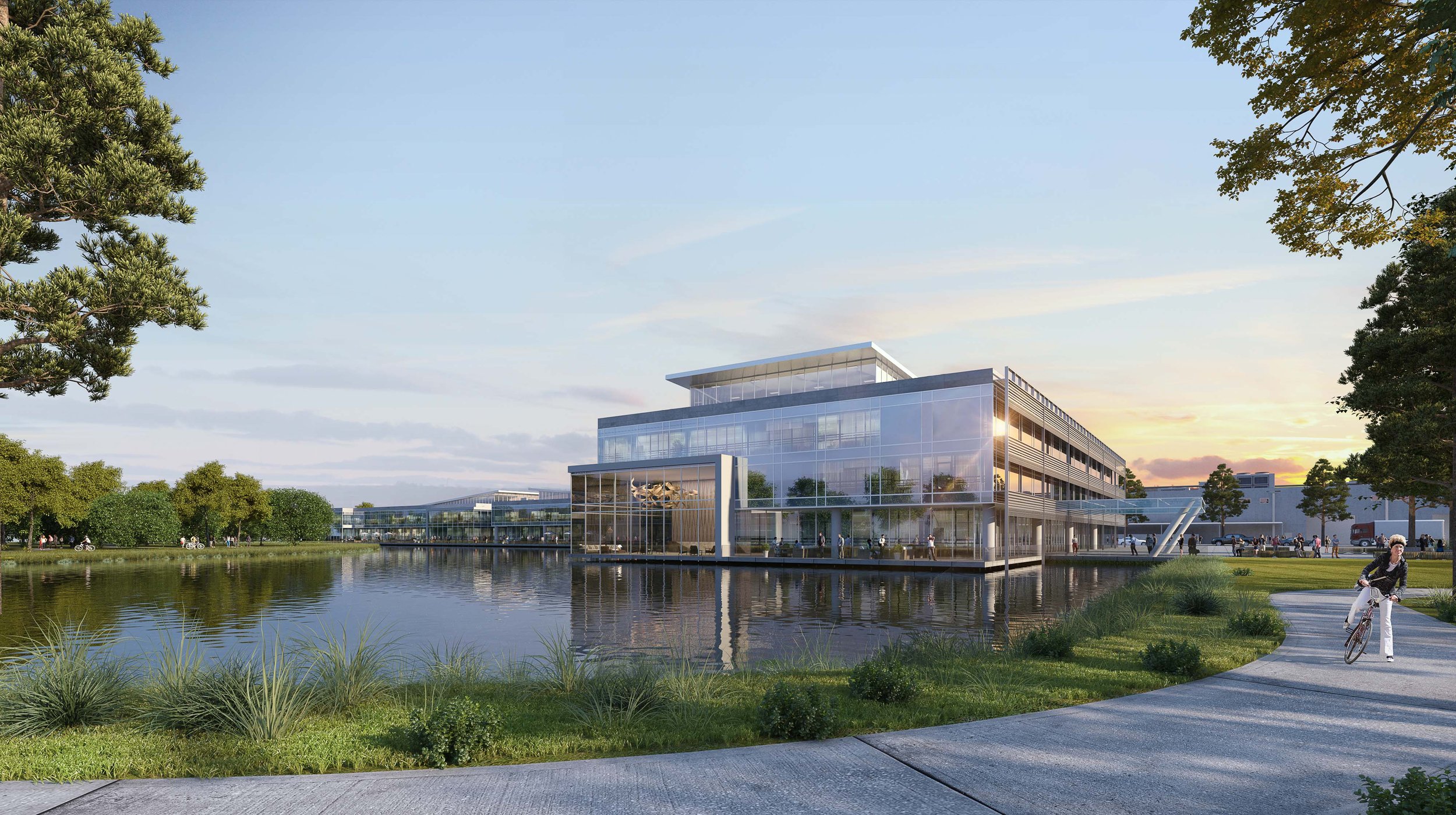Houston's Evolving Relationship with Latin America
Published Aug 23, 2019 by A.J. Mistretta
Will Houston’s economic future be increasingly tied to its relationship with Latin America? That was a major point of discussion when the Greater Houston Partnership’s Business Beyond Borders program hosted a conversation around the politics and business environment of key Latin American markets this week.
The panel discussion was led by George Y. Gonzalez, partner with Haynes and Boone and co-chair of the Partnership’s International Investment and Trade Committee. Participants included John Cuttino, president of Portal Commerce & Logistics; Ricardo Colménter, Director of Entra Consulting and a professor at the University of Houston Law Center; and Tony Payan, director of the Center for the United States and Mexico at the Baker Institute.
Trade with other nations in the Americas accounts for roughly 40% of all trade through Houston. Mexico was Houston’s No. 1 trade partner in 2018, with goods valued at $24.6 billion moving between the two regions. Brazil is Houston’s No. 3 trade partner.
Gonzalez began the discussion by asking whether Houston—a growing center for global trade, logistics and distribution—could become the Hong Kong of the Americas.
“We have all of the ingredients in Houston, but we need to put it all together to realize our true potential as the headquarters city of the Americas,” Colménter said. That means better marketing the city’s strengths in areas such as artificial intelligence and technology transfer in energy and health care.
Payan said a number of things must change for Houston to realize its full potential. He pointed to the need to increase our investment in education—from elementary through higher education. Today, roughly a third of Houstonians speak Spanish and the demographic is growing. Payan said for Houston to successfully partner with Latin America will require the city to become more bilingual. Finally, he said, restrictive immigration policies that stifle the movement of labor are not in Houston’s best interest long term. “We need to lobby Congress to make sure the labor force is able to move back and forth between Latin America and Houston.”
Here are a few other key takeaways from the discussion:
Venezuela: A Nation Rebuilding
Houston’s trade ties with Venezuela have ebbed in recent years due to civil unrest in that nation. In 2005, trade between Houston and Venezuela was valued at $22 billion. That figure had fallen to just $6 billion in 2018. But Colménter said he expects trade volume will rise again and it’s critical that Houston maintain a strong relationship with Venezuela as conditions in the country improve. “There is opportunity there,” he said. “Venezuela is going to need Houston, its companies and know-how, in a lead role of reconstructing the infrastructure of the country.”
Venezuela’s knowledge in the energy industry, particularly heavy oil, is unique, Colménter said. Over the years more and more Venezuelan companies have come to Houston because of the city’s Energy Capital identity and broad expertise. That makes Houston’s ability to connect with Venezuela and the other Latin American energy markets critical.
Mexico: A Partner for the Future
Texas is inarguably the United States’ most important connection to Mexico, and among the major Texas cities, Houston is the chief economic link to Mexico. “One of the reasons why the potential in Houston is so large is because Houston has embraced a diverse future,” Payan said. “Houston’s future looks south—it’s Latin America.”
Brazil: A Trade Giant
Today, Brazil is exporting more and importing less, Cuttino said. And Houston is buying what Brazil is selling—from manufactured equipment to oil and gas products. He pointed out that the widening and deepening of the Houston Ship Channel is incredibly important to continued container cargo imports from Brazil.
The ongoing trade war between the U.S. and China is having an impact on trade with Latin America as well. The Chinese are buying more agricultural products such as cotton and sugar, as well as other goods like copper, from Latin American countries like Brazil in lieu of the U.S. “That is certainly having a positive effect on Brazil,” he said.
Learn more about Houston's trade relationships in the Partnership's Global Houston report. And find out more details on the Business Beyond Borders program.
 The Houston Report
The Houston Report





















